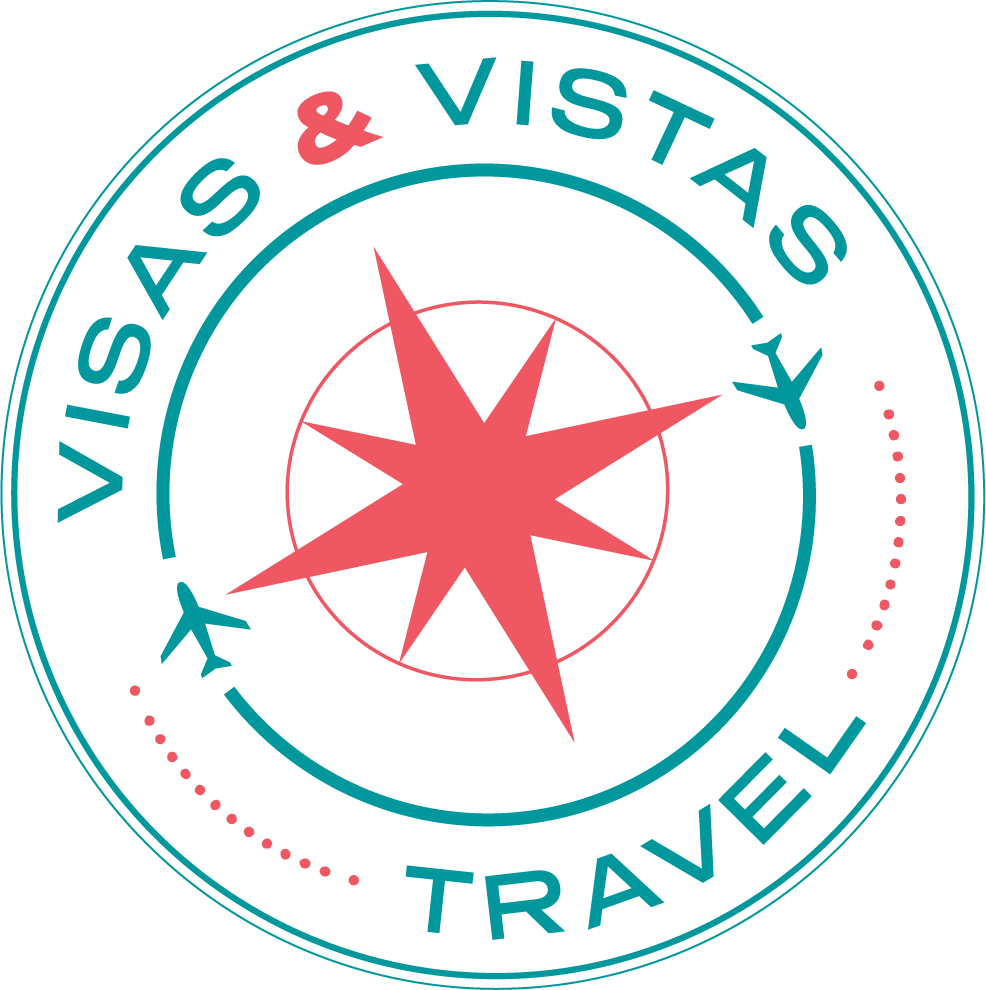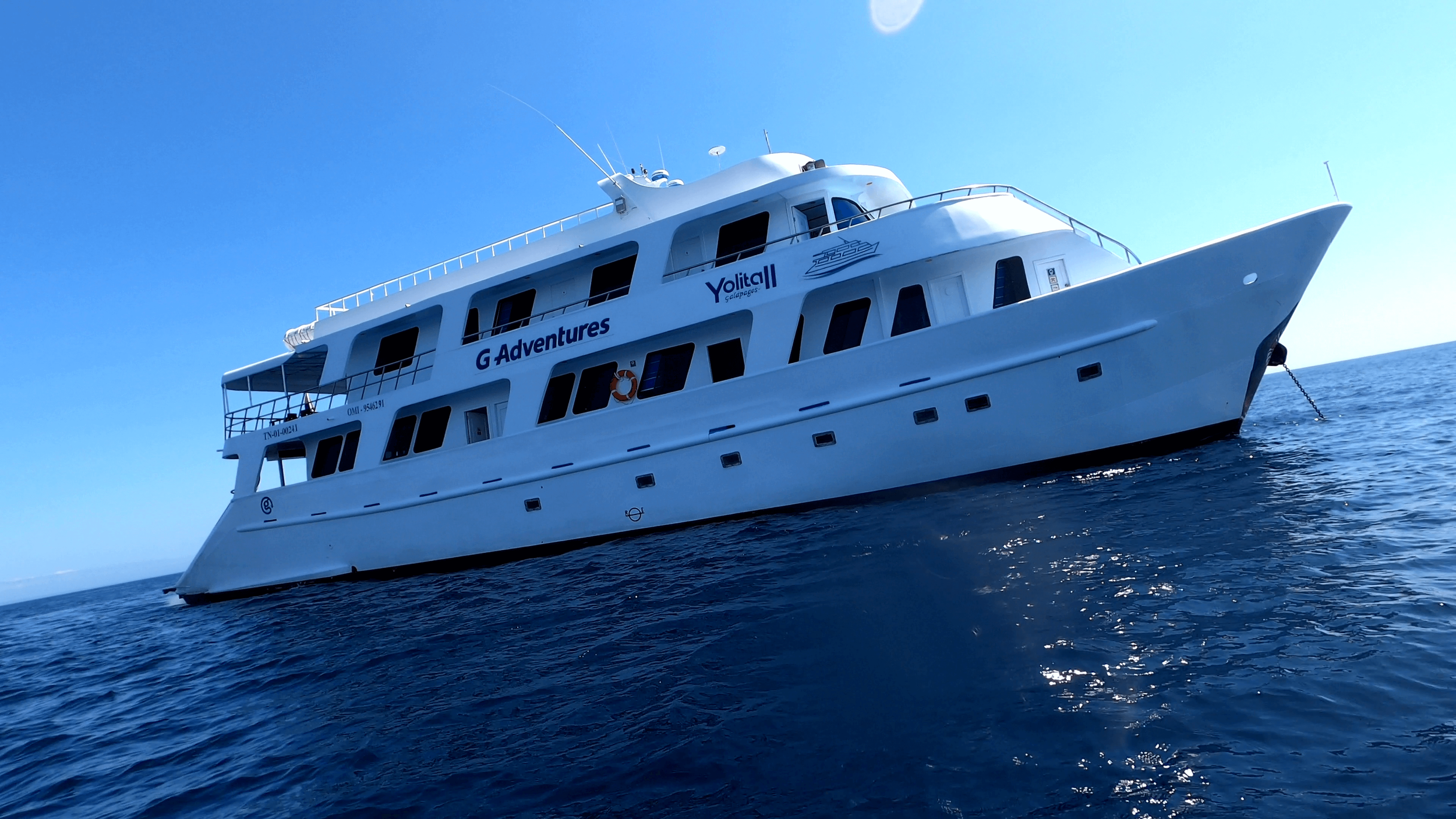Life Aboard a Galapagos Expedition Ship
Traveling in the Galapagos by small expedition ship is like nothing I have experienced before. It isn’t like your large mass cruise ship with cocktail dresses for dinner, hanging by the pool with a pina colada, or listening to live music at one of the lounges. This was an active adventure that had you in bed before 9pm each night, exhausted and fulfilled with excitement.
Getting to the Galapagos takes time. Your first stop is an over night hotel stay in Quito (or Guayaquil). The following day you wake up bright and early (4am) for your flight to the islands. It is about a 3 hour flight from Quito with a stop in Guayaquil. Once you land in Baltra, you pay the $100 Galapagos National Park fee and get your passport stamped. You meet your tour manager at the airport exit and then the adventures begins abord the ship.
To get from the airport to the ship, we took a bus to the docks and then a panga to the ship. Once on board we had a short orientation and learned a little about the two most important crew members: our park guide and the bartender/waiter.
Our ship had only eight rooms. It can hold 16 guests. The rooms are very simple without a lot of bells and whistles. This size ship is great for getting us into the smaller areas that the bigger ships can’t. With such a small guest list we were able to learn a little more about everyone on board. We had guests on our ship from America, the UK, and Israel. I learned a little Hebrew and how to play some fun card games (if a bit competitive and at times violent).
We spent our days island hopping for snorkeling, hiking, or exploring by panga. Generally, we would have two activities in the morning and two activities after lunch. Most days started with breakfast, then to a nearby island for a hike. We would then return to the ship for a snack and change of gear (if needed). The ship may move to a new location, or we would venture out on the pangas to go snorkeling. We would return for lunch, a much needed nap, and move the ship to the next location. We would then repeat the activities of morning at the new location. We would then meet as a group for an evening briefing of the day and what was in store for tomorrow. After the briefing, dinner was served and then we would all head to bed in exhaustion.
At the daily evening briefing, the park guide would go over the history and wildlife of the areas we would be visiting, timeline for the following day, and items we needed to bring with us. The park guide also wrote up the daily agenda for everyone to view through out the evening and following day. It is so important to respect the park guides timeline as well as being prepared prior to your meeting time. Your other shipmates want to make the most out of the time spent in each area. Since you will take a panga to most islands to hike or snorkel as a group, everyone needs to be ready at the same time.
Here are a few examples of what our days looked like:
I am certain the animals (at least the sea lion pups) were just as excited to see as as as we were to see them. Most would spot us coming in the panga and get in the way of where we needed to park the pangas to start our hikes. They enjoyed the attention and didn’t care if we had to change our landing point.












